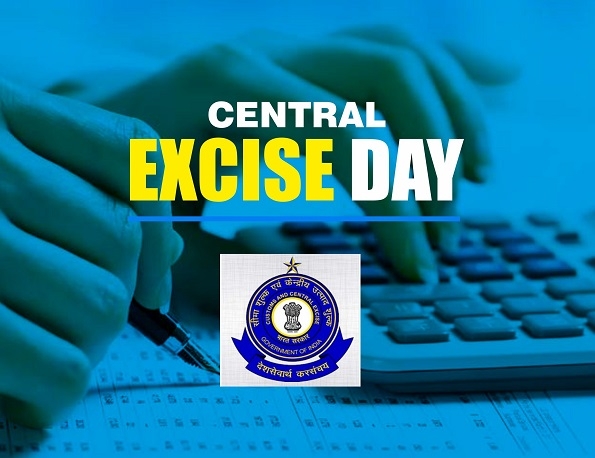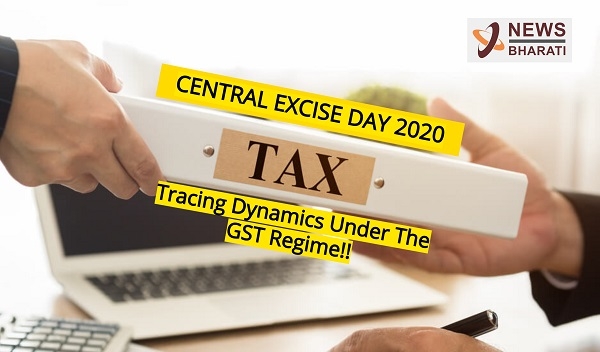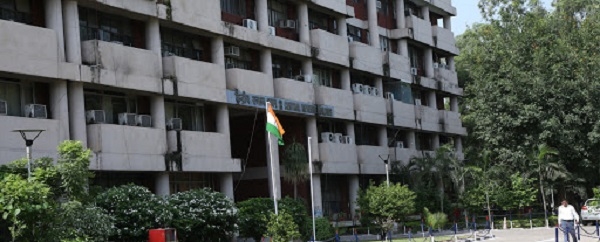Central Excise Day; How important is Excise under GST regime?
Total Views |
-Siddhi Somani
With the introduction of GST since July 1, 2017, all other indirect taxes got looped into one taxing parameter, making the task easy for taxpayers. Here's when the Central Excise Tax, tax on production, sale, or license of certain goods also faded away, taking its new deep seat under the Goods and Services Tax. But the day today, February 24, still holds the same value as it used to before 2017. How? Look into the folio here..
Central excise has become a vital source of the financial development of the country for better socio-economic development in India. In the back years, the financial revenue of the country has become double through the better service delivery standards of the central excise departments. The Central Excise Day, February 24, is commemorated every year all across India to encourage the employees of excise department to carry out the central excise duty all over India in a better way in order to prevent the corruption in goods manufacturing business as well as implement other rules to carry out best possible excise services.

GST, said to be one of the most voluminous taxes now led to several controversies between states and among tax practitioners on the principles underlying the levy. One such matter of contention was whether GST was replacing Central Excise Duty. It is important to reflect on the legislative intention and features of these two different forms of taxation. While Central Excise was supposed to be a levy on 'manufacture' of goods, GST, as the bill states is a 'tax on supply of goods or services or both except taxes on the supply of the alcoholic liquor for human consumption'.
Although the same HSN classification under Central Excise is followed under GST, the element of Central excise is now represented by CGST, which belongs exclusively to the Centre. Under the subsumed regime of GST, manufacturers’ compliance burden has been reduced due to uniformity and singularity in the filing mechanism of GST. The provisions of input tax credit are available even under GST. The layered mechanism of multiple taxation under the Excise regime gave rise to double taxation, where manufactured goods on which excise duty was paid, were still subject to VAT and other duties.

Moreover, under Excise, there was no concept of a composite scheme for dealers with turnover below a prescribed threshold. Now, under GST, small dealers with a turnover of less than one crore can pay GST at a pre-specified rate of a maximum of 3 per cent (CGST). The rates under Excise varied greatly as per the classification assigned, but under GST, there are streamlined brackets of rates such as 0, 5, 12, 28 per cent.
After much parliamentary deliberation, five petroleum products named petroleum crude, motor spirit, high speed diesel, natural gas and aviation turbine fuel have temporarily been kept out of the purview of Goods and Service Tax. On these products, excise duty will continue to be levied but the element of Central excise is now represented by CGST, which belongs exclusively to the Centre. Before GST, a manufacturer had to comply with Central Excise, VAT, Sales Tax returns and now, their burden has been dramatically reduced to filing a single GST return!

The revenue collection through the central excise department is used in the following schemes such as education, health including other schemes of the social sector. The tax, though under the GST carpets now, still supports a lot to improve the Indian economy for eliminating poverty and illiteracy, offering better education and health services and to make the country a healthy and developed place to live in.
Its objective also lies in to encourage the equality among the officers of the Central Board of Excise and Customs Department as well as assist them to ensure better tax observance. It is also celebrated to commemorate the establishment of the Central Excise and Salt Act on February 24 in the year 1944. According to the Central Excise law, the payable event is mainly over the manufactured goods, which has been managed by the CBEC, that falls under the Department of Revenue, further managed by the FinMin.

